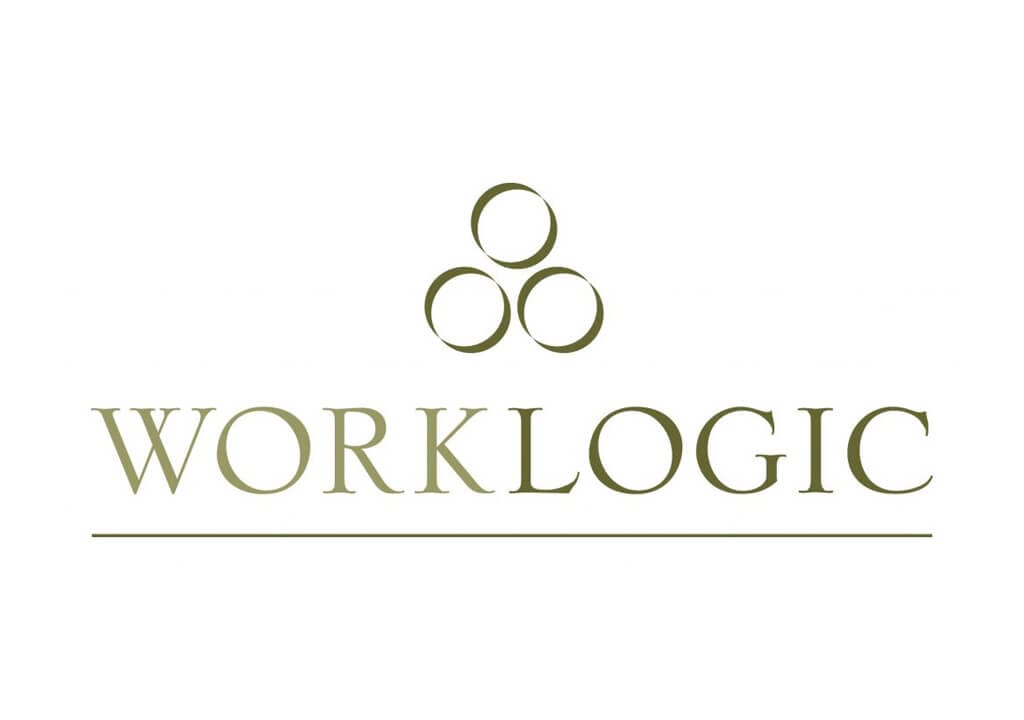In previous blog posts we have explored the issue of vexatious complaints, and provided some key principles that should guide your approach as an employer in such situations. The recent case of Ms Linda Hanrick v Meridian Lawyers [2018] FWC 3256, decided on 5 June 2018, explored this issue, and offers a fresh example for employers to consider in light of best practice principles.
What is a vexatious complaint?
A vexatious complaint is one that is falsely made; that is, it is not made in good faith or based on evidence. Of course sometimes a claim will be made honestly, based on a real perception of negative treatment, but for various reasons the evidence will not support a finding that this is proven. This is not what we are talking about here.
So what then should an employer do to respond to what it considers is a vexatious complaint?
The case: Linda Hanrick v Meridian Lawyers [2018] FWC 3256
Ms Linda Hanrick was a Legal Secretary with Meridian Lawyers, a National law firm. Ms Handrick made a complaint of bullying against a number of employees of the firm. An investigation was undertaken by Sharlene Wellard, a Principal of Meridian Lawyers. In this investigation, she examined not only Ms Hanrick’s allegations, but also a complaint received from Special Counsel, Ms Nicole Cerisola against Ms Hanrick, received at the same time. She found that there was no evidence whatsoever to support Ms Hanrick’s allegations.
A further meeting then took place in which it was put to Ms Hanrick that the firm believed that she had ‘deliberately made a false bullying claim’, and asked her to respond to this.
In a final meeting, Ms Wellard told Ms Hanrick that she had determined that Ms Hanrick had in fact made a false claim, that the firm was considering terminating her employment, and asked her to respond. At this point Ms Hanrick made a number of new allegations against both Ms Wellard and other employees. The allegation against Ms Wellard was that she had placed Law Society Journals being on the table in front of her, before a visit by Ms Hanrick, in order to ‘unsettle her’. This allegation was made on the basis that Ms Hanrick’s initials were ‘LJH’, and so similar to LSJ. This allegation was found to be entirely baseless. The new allegations against other employees were also found to be entirely unfounded, as these employees either did not know Ms Hanrick personally or had no dealings with her at work.
After this final meeting, Ms Hanrick was summarily dismissed for serious misconduct. In particular, in relation to the initial allegations, Ms Wellard specifically concluded that Ms Hanrick’s bringing the complaint was strategic and time-specific:
‘Nicole [Cerisola] believed that Linda said something about her and that Linda saw and heard Hannah and Nicole talking about it. In anticipation of a complaint being made against her, Linda quickly got her complaint in first, but with no details, and went home.’
On 19 November 2017, Ms Hanrick filed an unfair dismissal application under the Fair Work Act 2009 with the Fair Work Commission.
Ms Hanrick’s application was dismissed by Deputy President Sams. He agreed that on the evidence, all of her allegations had been fairly investigated and found to be false and unbelievable. In relation to the later allegations brought by her, he agreed with the submissions of Ms Welland that, when it appeared her own original allegations were not sustainable, and when she understood her position was in jeopardy, she raised more new allegations:
‘The applicant was not content with merely retaliatory complaints against Ms Cerisola and Mr Bawden. As quick as a flash, she set out to cast her net of complaints far and wide across the Firm, to accuse many other employees, including Senior Principals, as perpetrators of bullying, or at the very least, inappropriate behaviour towards her. She did so by drawing nonsensical conclusions from totally unrelated events, or she simply made up allegations which were utterly implausible or preposterous.
… a classic example of a disgruntled and disaffected employee whose own behaviour was in question, deflecting attention from their behaviour, by making false allegations against others.’
DP Sams also said that the steps taken by Ms Welland (on behalf of the firm) in relation to investigating the allegations, and in addressing the firm’s allegation against Ms Hanrick that her claims had been falsely made, were reasonable in the circumstances. They ensured that Ms Hanrick was provided natural justice and that her dismissal was fair, just and reasonable in the circumstances.
In particular, the following steps were noted:
- At the start of the investigation, Ms Wellard had advised Ms Hanrick that if, after a formal investigation, she was found to have made a false complaint, it might lead to disciplinary action, including dismissal;
- Ms Wellard spoke to all the people whom Ms Hanrick had raised in her complaints, and some others;
- Rather than a hasty decision to end her employment, Ms Wellard met with Ms Hanrick on three occasions. Ms Hanrick was given a number of opportunities to respond and she did so;
- In particular, Ms Wellard provided three opportunities to Ms Hanrick to respond to the allegation that she had made false claims of bullying: during meetings on 30 October, on 7 and 9 November 2017 and in emails to her; and
- Therefore, the applicant had a reasonable period of time from 30 October to 9 November to reflect on her behaviour and her allegations and withdraw her allegations. Her failure to do so, and in fact to add new allegations, meant her conduct was incompatible with the continuation of the employment relationship.
How to deal with vexatious complaints
This decision reaffirms some principles we made in earlier blogs about how employers should respond to suspicions that a workplace complaint has been made vexatiously or falsely. That is:
- At the start of the initial investigation of an employee’s concerns, advise them that if it is later found that they have made false or baseless claims, they may face disciplinary action, up to and including dismissal;
- Employers need to properly investigate the employee’s allegations first, and make findings in relation to those, before turning their attention to dealing with the issue of whether or not the complaint was vexatious;
- Ensure the investigation itself is procedurally fair. In both of the following cases, not only were the allegations concocted with the intention of getting rid of a senior employee, but those senior employees were not given sufficient time to respond to the allegations made against them: Adamopoulos v Thompson Healthcare [2017] FWC 2505; Bronwen Martin v Beechworth Montessori Children’s Group Incorporated T/A Beechworth Montessori School [2017] FWC 3314; and
- There needs to be a second, separate investigation to examine whether the complaint was vexatious. That is, after the investigation of their complaint is complete, employers need to put the allegation to the employee that they have made a false complaint, and then allow them an adequate opportunity to respond. In this case, while this second ‘investigation’ was short (essentially consisting of a further meeting with Ms Hanrick and an opportunity to provide a response), Ms Hanrick was provided with an opportunity to respond to the new allegation.
- In order to minimise the risk of any perception of bias, ideally this second investigation concerning the alleged vexatiousness should be undertaken by another individual, at arms-length from the first investigation.
About Tom Henry
 Tom Henry is a Senior Investigator at Worklogic.
Tom Henry is a Senior Investigator at Worklogic.
He understands the value of clear analytical thinking, concise and powerful communication skills, excellent client service and effective case management.
Tom has led numerous challenging, highly technical workplace investigations in a variety of sectors and has seen first-hand both the power of social media and the damage it can do if used inappropriately.
Subscribe to the Worklogic blog to receive expert advice on resolving workplace complaints and building a positive culture at work direct to your inbox each week!



